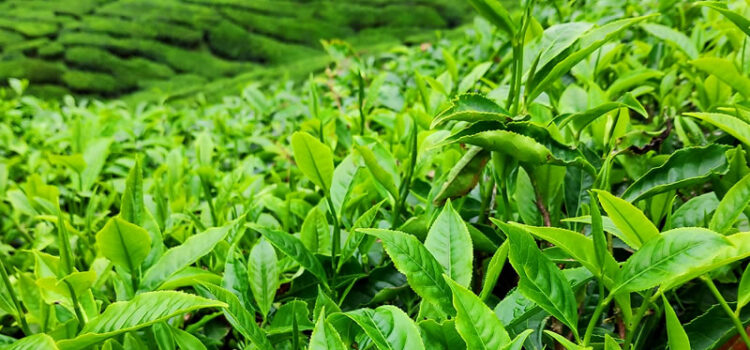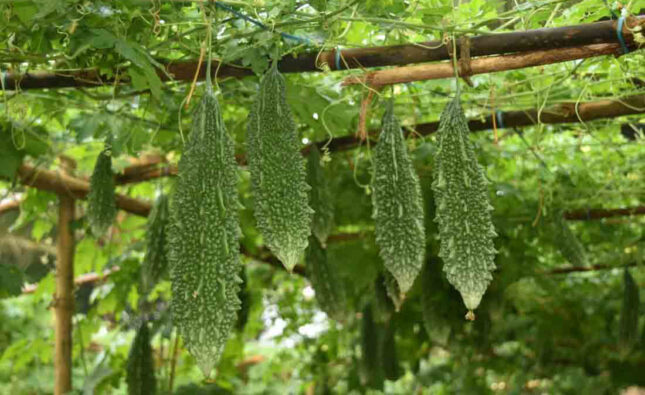Tea farming is the cultivation of tea plants for the production of tea leaves, which are processed and consumed as a popular beverage worldwide. Tea farming and processing can be a profitable venture if done correctly. Here’s an overview of tea farming, including key steps and considerations:
Tea Farming:
- Site Selection:
Choose a suitable location for tea cultivation. Tea plants thrive in regions with high rainfall, well-drained acidic soil, and temperatures ranging from 20 to 30 degrees Celsius. Altitude can also affect tea quality, with higher elevations often producing finer teas.
2. Variety Selection:
Select the appropriate tea variety based on your climate, soil conditions, and market demand. Common tea varieties include Camellia sinensis (used for black, green, and oolong teas) and Camellia assamica (used for Assam and Ceylon teas). Consult local agricultural experts or nurseries to determine the best varieties for your specific region.
3. Land Preparation:
Clear the land of weeds, rocks, and debris. Conduct a soil analysis to determine pH levels and nutrient content. Tea plants prefer slightly acidic soil, so amendments may be necessary to adjust pH if needed. Prepare the land by plowing, tilling, and incorporating organic matter.
4. Planting:
Tea plants can be propagated from seeds or cuttings. Vegetative propagation through cuttings is the most common method for ensuring uniformity and quality. Plant the tea bushes at the recommended spacing, typically in rows. Provide shade and wind protection, if necessary, especially for young tea plants.
5. Irrigation and Nutrient Management:
Provide regular irrigation to tea plants, especially during dry periods. Adequate water supply is essential for healthy growth and optimal yield. Implement a nutrient management plan to ensure the plants receive balanced nutrition, considering factors such as soil fertility, leaf analysis, and local agricultural recommendations.
6. Pruning and Maintenance:
Regularly prune the tea bushes to promote new growth and maintain their shape. Implement proper weed and pest control measures, and ensure sufficient irrigation and nutrient management.
7. Harvesting:
Harvest the tea leaves when they reach the desired maturity, which varies depending on the tea type. Generally, the top two leaves and the bud are plucked. Hand plucking or machine harvesting can be employed.
8. Quality Control:
Implement quality control measures throughout the entire tea production process. Conduct regular sampling, tasting, and sensory evaluation to ensure consistent quality. Adhere to local and international standards for tea production and processing.
Tea Processing:
- Withering:
After harvesting, the tea leaves undergo withering, where they are spread out on racks or mats to wilt and lose moisture. This process prepares the leaves for subsequent processing steps.
2. Rolling:
Rolled tea leaves undergo mechanical rolling, which breaks down the leaf cells and releases the enzymes necessary for fermentation. This step contributes to the flavor development.
3. Fermentation/Oxidation:
Depending on the type of tea desired (e.g., black, green, oolong), the tea leaves are either fermented or oxidized to various degrees. This step is crucial for the flavor and color development.
4. Drying:
The fermented or oxidized leaves are dried to halt the oxidation process. Drying can be achieved through various methods, including sun drying, oven drying, or mechanical drying. This step reduces the moisture content and stabilizes the tea leaves.
5. Sorting and Grading:
After drying, the tea leaves are sorted and graded based on their size, quality, and appearance. This process ensures uniformity and enables proper pricing and marketing.
6. Packaging and Marketing:
Pack the processed tea leaves in attractive and appropriate packaging materials to maintain freshness and quality. Develop marketing strategies to target wholesalers, retailers, tea shops, or even direct-to-consumer sales. Consider online platforms, local markets, and specialty stores to reach potential customers.
Additional Income Streams:
- Specialty Teas:
Explore the production of specialty teas, such as flavored teas, herbal blends, or organic teas, which often fetch higher prices in the market.
2. Value-Added Products:
Consider diversifying your product range by producing tea powders, tea bags, ready-to-drink bottled teas, or tea-based cosmetics and skincare products.
3. Agro-Tourism:
Utilize your tea plantation as a tourist attraction. Offer guided tours, tea tastings, and educational experiences to visitors, creating an additional revenue stream.
4. Tea Gardens and Accommodation:
If the location permits, establish a tea garden with a café or restaurant. Provide accommodation for tourists and tea enthusiasts, offering a complete tea experience. It’s crucial to stay updated on market trends, consumer preferences, and quality standards. Building strong relationships with buyers, maintaining consistent quality, and effectively promoting your tea products will contribute to the success and profitability of your tea farming and processing business






